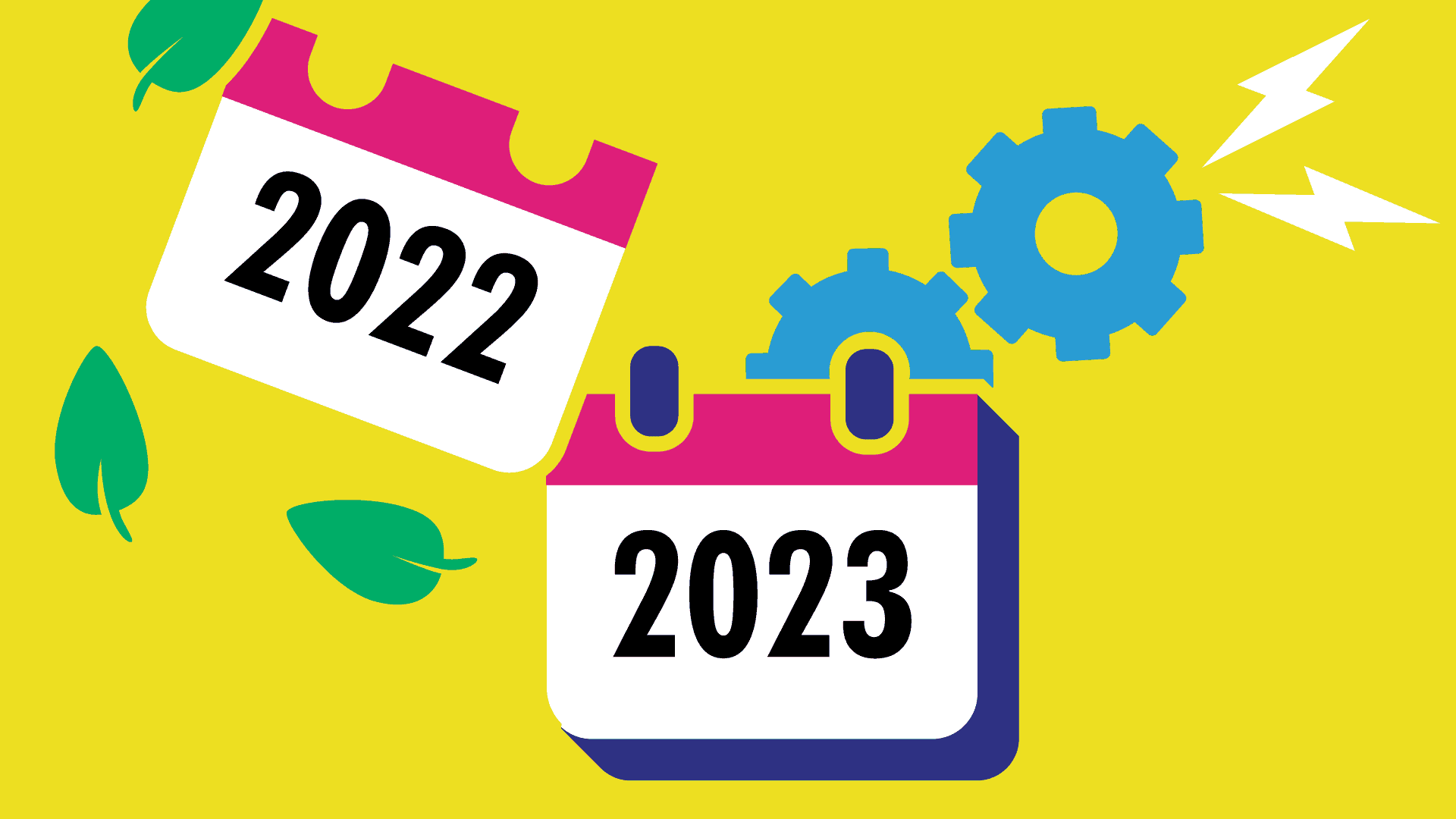
Image by Thad Allen
A new year always presages new trends and developments in the constantly fluctuating world of technology. Since technology is part of 2A’s DNA, it’s only natural that we’d pick out a few trends to highlight. Three notable movements stand out to us, which were backed up by their featured prominence at the latest AWS re:Invent conference. They are:
- Innovation can be experimental and disruptive
- Responsibility and bias mitigation in artificial intelligence (AI) and machine learning (ML)
- Sustainable and renewable technologies
Solutions arise from falling in love with the problem, not the product
Technology companies are making high-quality, high-velocity decisions. The outstanding ones remain stubborn on vision and flexible on details. Those that focus on building features customers will love, whether or not it’s the easiest feature to make, will succeed. Experimentation is the holy grail this year, with the goal of being bold and disruptive while innovating. True innovation is agreeing first on what the customer would love, and then developing a product to address that desire (or need), not the other way around.
Innovation also involves a bias for action, with blessings to move ahead with 70 percent of the data. This goes back to the roots of AWS. As Jeff Bezos said in his 2015 letter to shareholders, “…failure and invention are inseparable twins…Given a ten percent chance of a 100 times payoff, you should take that bet every time. But you’re still going to be wrong nine times out of ten…Big winners pay for so many experiments.”
Thus, if technology companies are going to win big, they’re going to fail big too. They will walk through the door and close it behind them. It’s all part of the process. They will constantly reinvent themselves by keeping the dynamism of Day 1 and consider a Day 2 mentality as stasis.
Responsibility in AI and ML
Diversity brings more perspectives to the table and is therefore critical to building responsible and inclusive AI and ML. Only with truly diverse teams can a company mitigate bias in their algorithms. People are at the center of these technologies and drive the decisions; machines only make recommendations.
People-centric design has become a different model for AI, as it considers others and seeks out not only explicit but implicit bias. Today, leadership places emphasis on helping engineers develop the right skills so that fairness, integrity, and dignity become part of AI’s DNA. In fact, in December, Amazon’s Machine Learning University launched a new course, “Responsible AI—Bias Mitigation & Fairness Criteria.” It is an entry-level course for technical individuals and explains where bias in AI systems comes from, how to measure it, and ultimately how to mitigate bias as much as possible. Since AI and machine learning touch so many aspects of peoples’ lives, it’s crucial to build trust and prevent disadvantages among subgroups of customers.
Sustainability
Sustainability could conceivably be the most important word in our world today. The statistics on climate change are horrific and only a focus on sustainability and renewable energy will make a dent. Thankfully, wind and solar energy technologies are growing at an unprecedented rate, and there is a greater interdependence between gas and electricity. According to Gartner, 80 percent of CEOs who plan to invest in new or improved products in the coming year cited environmental sustainability as the third largest driver, making it a competitive differentiator.
Among the cloud providers, AWS has done the lion’s share of work toward sustainability. The company’s mandate is to achieve net zero carbon by 2040, ten years ahead of the Paris Climate Accords, and it is working toward 80 percent renewable energy by 2024. Amazon buys more renewable energy than any other corporate buyer on the planet. In addition, Amazon has already invested $2 billion in clean technology.
As we kick off the third year of what has been the most unpredictable decade of the 21st century, here’s to making disruption work for us—and our planet.

